Mid-ocean Ridges
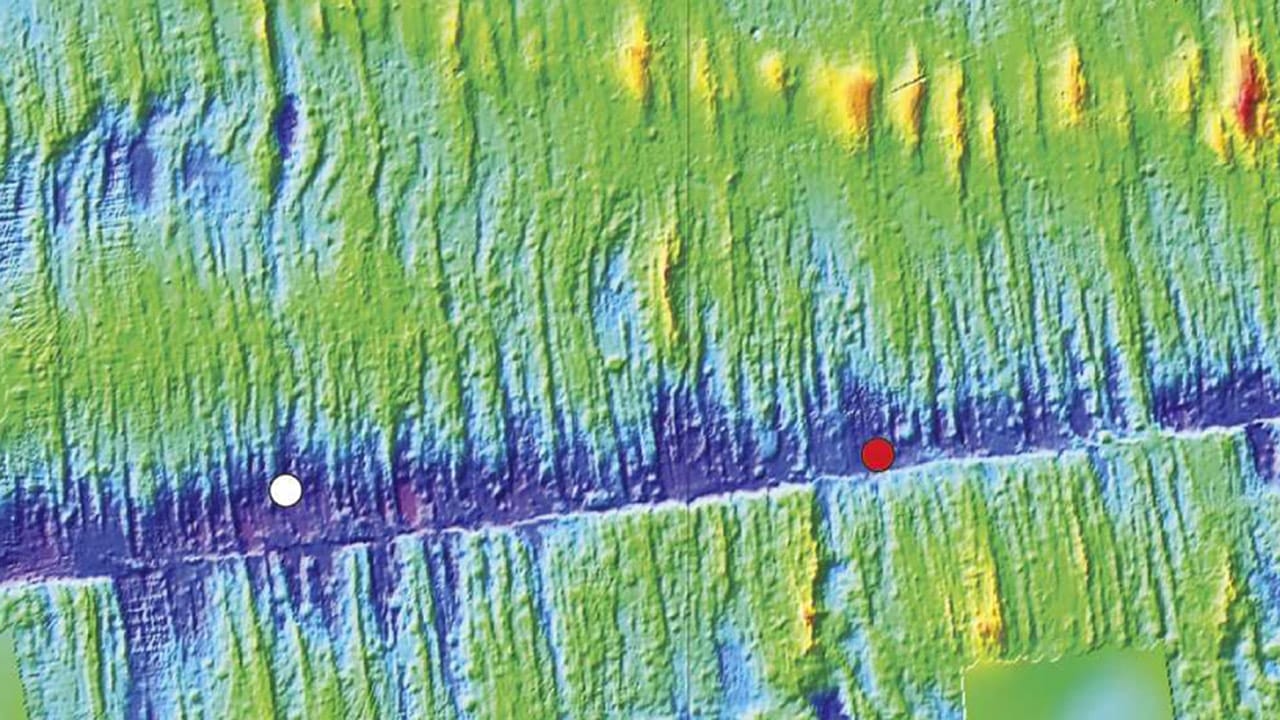
Bathymetric image of the East Pacific Rise, a mid-oceanic ridge located along the floor of the Pacific Ocean. (Image courtesy of Haymon et al., NOAA-OE, WHOI)
The mid-ocean ridge is a continuous range of undersea volcanic mountains that encircles the globe almost entirely underwater. It is a central feature of seafloor terrain that is more varied and more spectacular than almost anything found on dry land, and includes a collection of volcanic ridges, rifts, fault zones, and other geologic features.
At nearly 60,000 kilometers (37,000 miles) long, the mid-ocean is the longest mountain range on Earth. It formed and evolves as a result of spreading in Earth’s lithosphere—the crust and upper mantle—at the divergent boundaries between tectonic plates. The vast majority of volcanic activity on the planet occurs along the mid-ocean ridge, and it is the place where the crust of the Earth is born. The material that erupts at spreading centers along the mid-ocean ridge is primarily basalt, the most common rock on Earth.
Because this spreading occurs on a sphere, the rate separation along the mid-ocean ridge varies around the globe. In places where spreading is fastest (more than 80 millimeters, or 3 inches, per year), the ridge has relatively gentle topography and is roughly dome-shaped in cross-section as a result of the many layers of lava that build up over time. At slow- and ultra-slow spreading centers, the ridge is much more rugged, and spreading is dominated more by tectonic processes rather than volcanism.
Scientists study the physics, chemistry, and biology of mid-ocean ridges gain insight into how Earth works in very fundamental and often surprising ways.
News & Insights
Wave Glider provides gateway to remote exploration
WHOI geochemist Chris German pairs an autonomous surface vehicle (ASV) called a Wave Glider with other vehicles to expand research here and on other Ocean Worlds
News Releases
Researchers Studying Ocean Transform Faults, Describe a Previously Unknown Part of the Geological Carbon Cycle
Building Blocks of Life on the Atlantis Massif
Volcanic Arcs Form by Deep Melting of Rock Mixtures
Researchers Compile Most Detailed Map of an Underwater Eruption
[ ALL ]
WHOI in the News
In the Ocean, a Preview of Life on Enceladus?
Earth’s mantle may be hotter than thought
The 40,000-Mile Volcano
[ ALL ]
From Oceanus Magazine
7 Places and Things Alvin Can Explore Now
With its new depth rating of 6500 meters (4 miles), WHOI’s human-occupied vehicle (HOV) Alvin is set to take scientists places they’ve never explored in person
Racing an undersea volcano
Using AUV Sentry to make a high-resolution, near-bottom, seafloor map before the next volcanic eruption at the East Pacific Rise
How Is the Seafloor Made?
An ultrasound for the Earth? Using sound waves, a graduate student peers into the crystalline texture of the tectonic plates that cover our planet’s surface.
Pop Goes the Seafloor Rock
WHOI scientists used the human-occupied submersible Alvin and the autonomous underwater vehicle Sentry to explore a surprising discovery: gas-filled volcanic rocks on the seafloor that “pop” when brought up to the surface.


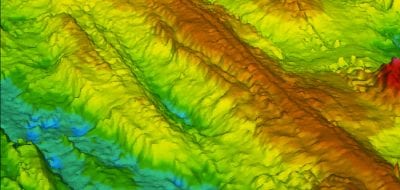
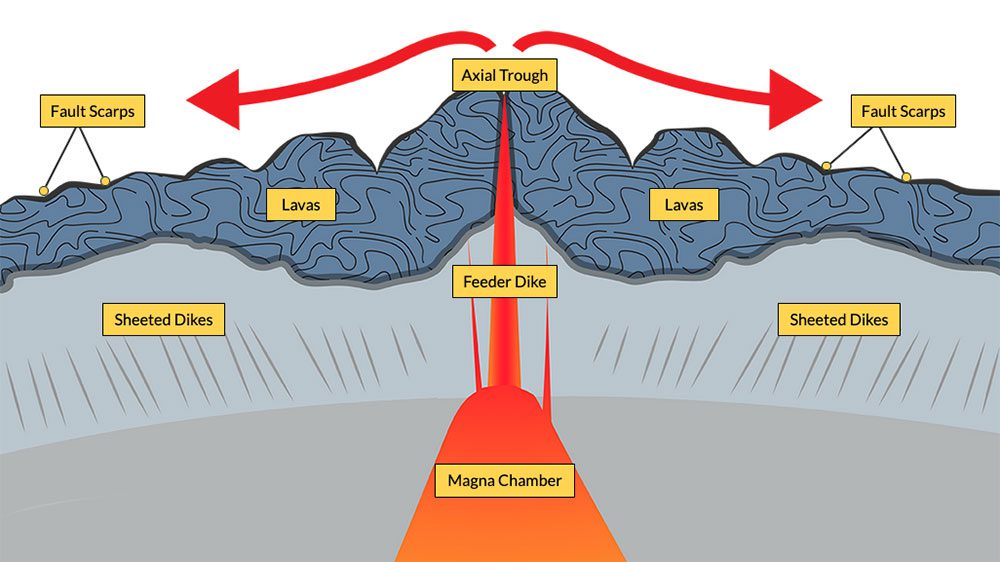
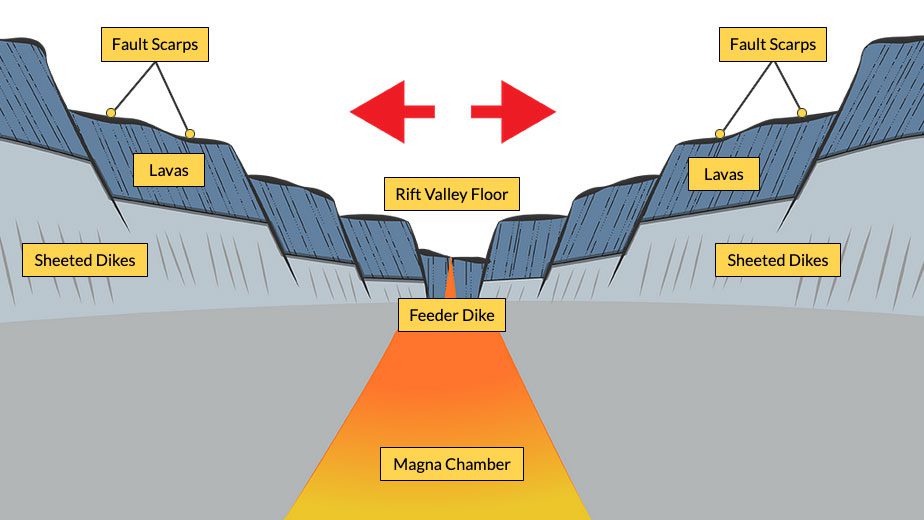
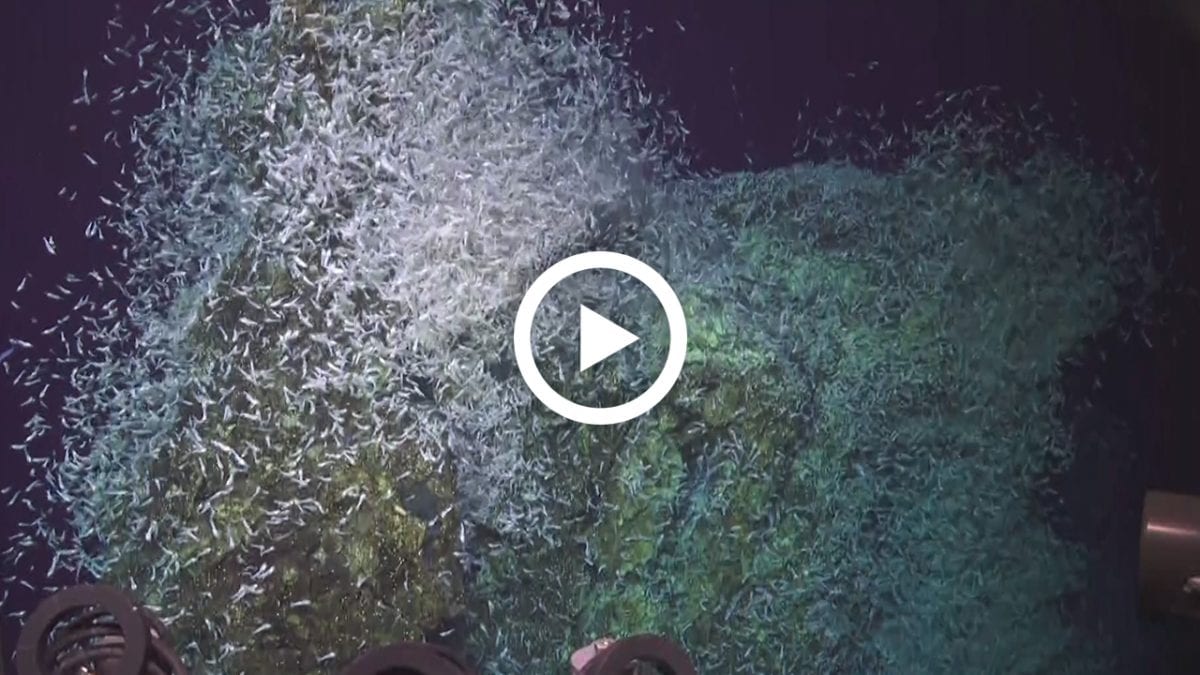
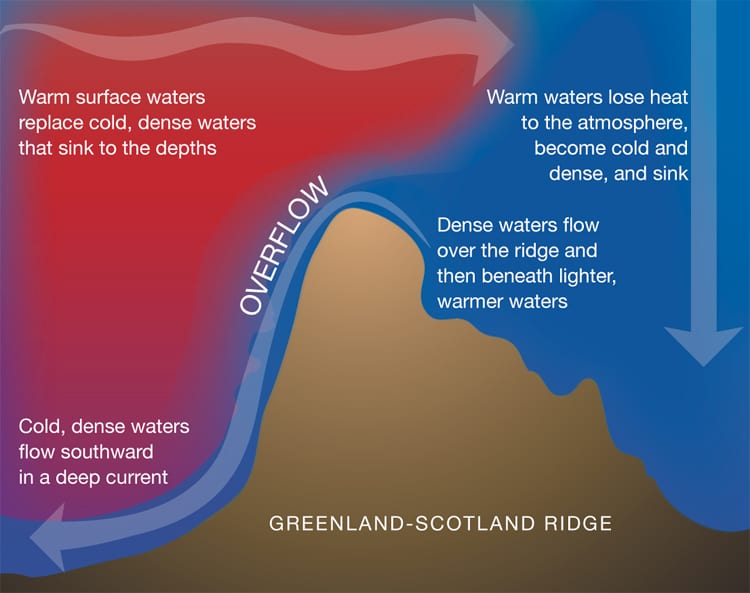

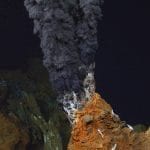 Hydrothermal Vents
Hydrothermal Vents 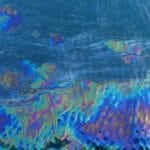 Natural Oil Seeps
Natural Oil Seeps 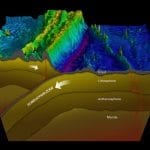 Ocean Trenches
Ocean Trenches 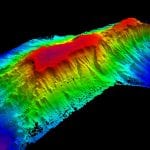 Seamounts
Seamounts 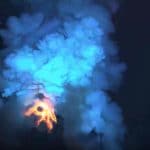 Underwater Volcanoes
Underwater Volcanoes